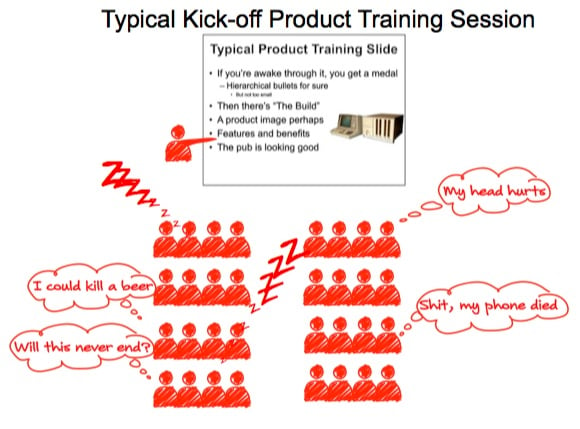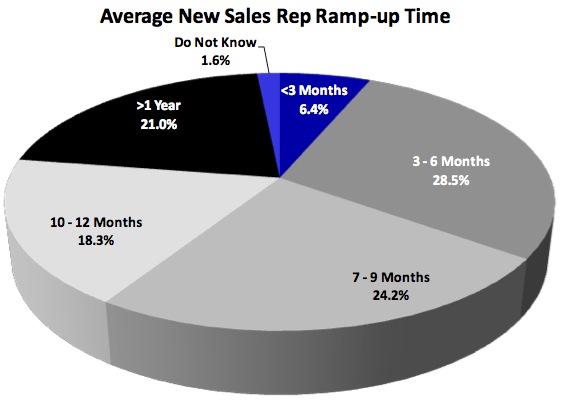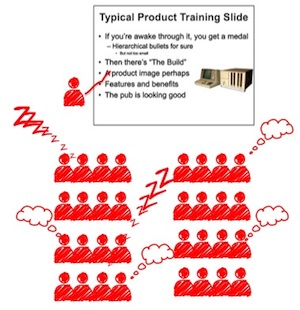Planning Kick-off Outcomes
Billions of dollars are spent in the technology business every year to bring sales and support people together for sales kick-off events to start the new sales year.These events are a celebration of the achievements of the prior year and offer a chance to; recognize individual performers, refresh on corporate strategy, a product update, and often a product training session.
Apart from a good time and hangover to remember, salespeople typically leave the kick-off event with little more than they came with. Despite best intentions of organizers, this is sadly the case and sales and marketing leadership need to take a more qualitative approach to planning kick-off outcomes.
Why Bother with a Kick-off?
This is a good question and one that event planners and sales leaders are finding increasingly difficult to answer. Cisco has saved a small fortune since they scrapped their nation-wide kick-offs, which are now held virtually in regional offices. A day of speeches and death by executive PowerPoint presentations over a videoconference to remember - I'm told (not).Given the huge investment in time and money to stage a kick-off and the risks involved, salespeople should take something home of value that they can use as soon as they return to work, other than the memory of a good time.
Don't Bother with Traditional Product Training
Product training on a newly announced product, a recently acquired companies product, or a refresher on existing product is often a driver for bringing sales team's together for an event and part of the business case to fund kick-off events.
The trouble with traditional product training, despite best efforts of the product
management/marketing team is that salespeople will not begin to sell the new product in the volumes the company would like until at least 12 months after introduction - on average.
To get true product ramp time, we need to add the time it takes for the core group to get comfortable selling the new product (6 months), to the time it takes for the sales cycle, from lead to close and let's use 6 months as an average cycle time in our example.
Let's assume that the sales team has an inbound lead conversion system that works and a supply of sales-ready leads are available from the day they are trained in selling the new product. Using a traditional product marketing route it will take about a year to get the core group to sell-though... so at the next kick-off, the product management team will finally start seeing the results they sought in the prior years kick-off.

I looked for a study on ramp-times for B2B software products after introduction and the closest thing I could find was this chart from CSO Insights 2012 Sales Performance Optimization survey of more than 1500 B2B companies.
Visual Storytelling & Role-playing
Question: What if you could cut 90-120 days from the new product ramp time? - what would that do for your revenue and profit?Question: What if you could embed a process into new hire training and use it at your next kick-off to get everyone trained and capable of selling the product, the day after training?
In these enablement sessions, salespeople engage in intense 1:1 role-playing sessions using visual storytelling and a visual confection that is fully scripted and peppered with best practices discovery questions, common objections and counters to those objections.
At the end of the session, salespeople will have seen or presented the visual story up to 9 times and they know the story and can engage customers the next day. We have received numerous emails with feedback from successful salespeople who have used the visual confection in the weeks following the training to identify and close multi-million dollar deals.
Sales Management and Coaching Follow-up
As with any behavior change initiative, disciplined practice, coaching and feedback from sales managers in the weeks and first few months after a visual storytelling event are key to getting ROI and cutting the ramp time for sell-through of new products.Without coaching and regular practice/use of the visual confection and script, salespeople may revert to their comfort-zone and to leaning on PowerPoint to tell their story. We recommend creating an expectation in the sales team that the Visual storytelling approach is here to stay and not an option and they will be required to pass a certification role-play in front of their managers.




